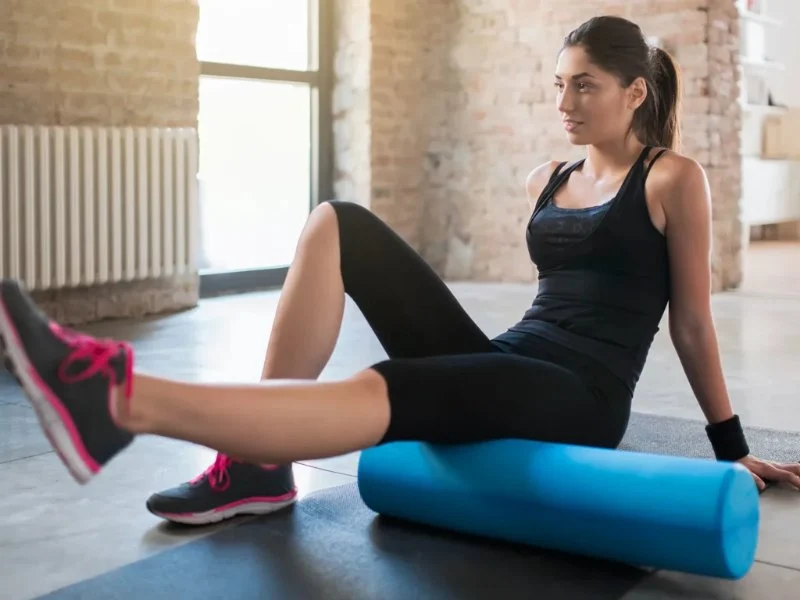
- 1. The Power of Foam Rolling for Cyclists
- 2. Nutrition: Fueling Recovery After a Ride
- 3. Sleep and Recovery: Why It’s Essential for Cyclists
- 4. Practical Tips for Maximizing Recovery
1. The Power of Foam Rolling for Cyclists
Foam rolling is one of the simplest and most effective recovery techniques that cyclists can incorporate into their routine. This self-myofascial release technique helps to release muscle tightness, improve flexibility, and reduce muscle soreness that often follows intense cycling sessions.
Foam rolling works by applying pressure to specific areas of the body, such as the quads, hamstrings, calves, and back. The pressure helps break down muscle knots, increase blood flow to the muscles, and alleviate stiffness. By using a foam roller after a ride, cyclists can significantly improve muscle recovery and reduce the risk of injuries in the long run.
For best results, focus on areas that tend to get tight after cycling, such as the calves, glutes, and hamstrings. Spend about 30 seconds to a minute on each muscle group, rolling slowly and pausing at tight spots to release tension.
2. Nutrition: Fueling Recovery After a Ride
Nutrition plays a critical role in cycling recovery. After a long ride, your muscles are depleted of glycogen, and your body needs the right nutrients to repair and rebuild muscle tissue. Consuming the right foods within the first 30 minutes to two hours post-ride can make a significant difference in how quickly you recover and how ready you are for your next ride.
Carbohydrates are crucial for replenishing glycogen stores in your muscles. Opt for whole grains, fruits, and vegetables for a sustained energy release. Protein is necessary to repair muscle damage and build new tissue. Include lean protein sources such as chicken, turkey, tofu, or legumes in your post-ride meals.
Healthy fats from sources like avocados, nuts, and olive oil can help reduce inflammation and promote overall muscle recovery. Also, staying hydrated is essential for recovery. Drink water or an electrolyte-replenishing drink to replace lost fluids and maintain proper hydration levels.
Incorporating these recovery nutrients into your meals will ensure that your body is properly fueled for the next workout and helps reduce recovery time.
3. Sleep and Recovery: Why It’s Essential for Cyclists
Sleep is one of the most underrated aspects of recovery. When you sleep, your body goes into repair mode, regenerating muscle tissue, reducing inflammation, and recovering from the stresses of cycling. Inadequate sleep can hinder your ability to recover fully and negatively affect your performance during your next ride.
During deep sleep, growth hormone levels rise, which plays a key role in tissue repair and muscle growth. In addition, sleep improves brain function, which is essential for focus and coordination during cycling. A lack of sleep can lead to increased fatigue, slower reaction times, and a greater risk of injury on the road.
Aim for 7-9 hours of quality sleep each night, especially during periods of intense training or after long rides. To improve your sleep quality, maintain a consistent sleep schedule, avoid screens before bedtime, and create a calming nighttime routine.
4. Practical Tips for Maximizing Recovery
Aside from foam rolling, nutrition, and sleep, here are some practical tips for enhancing your recovery process:
- Active Recovery: Light activities such as walking, yoga, or easy cycling on a rest day can help improve circulation and reduce muscle stiffness without putting additional strain on your muscles.
- Stretching: Incorporating dynamic stretching before rides and static stretching after can help maintain flexibility and prevent muscle tightness.
- Cold Therapy: Cold baths or ice packs on sore muscles can reduce inflammation and speed up recovery. Consider a 10-15 minute ice bath after a hard ride.
- Massage: Regular massages or using a massage gun can help release muscle tightness, improve blood flow, and accelerate muscle recovery.
By incorporating these recovery techniques into your routine, you can not only enhance your cycling performance but also reduce your risk of overtraining and injuries. Taking care of your body through proper recovery is just as important as the cycling workouts themselves.
For the best products and services to support your cycling recovery, visit [Cycling Guider], where we offer a range of items designed to help you perform at your best and recover efficiently.





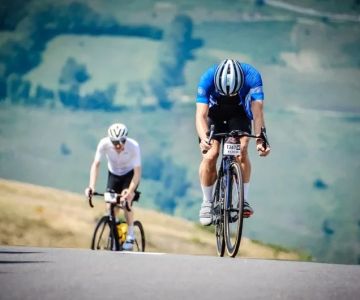
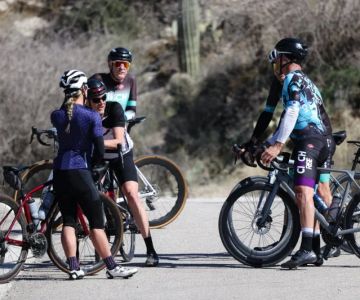
 Billet BMX5.0 (2 reviews)
Billet BMX5.0 (2 reviews)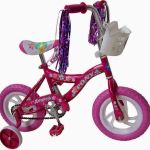 Far East Children Bicycle Factory1.0 (1 reviews)
Far East Children Bicycle Factory1.0 (1 reviews) Archer Motorsports, Inc.4.0 (8 reviews)
Archer Motorsports, Inc.4.0 (8 reviews) YEP Bike Works4.0 (55 reviews)
YEP Bike Works4.0 (55 reviews) Gorham Bike & Ski4.0 (498 reviews)
Gorham Bike & Ski4.0 (498 reviews) Alchemy Bikes4.0 (37 reviews)
Alchemy Bikes4.0 (37 reviews) How to Teach Kids to Ride a Bike: A Step-by-Step Guide for Parents
How to Teach Kids to Ride a Bike: A Step-by-Step Guide for Parents Tips for Riding on Busy City Streets: Smart Strategies for Urban Cyclists
Tips for Riding on Busy City Streets: Smart Strategies for Urban Cyclists Best US National Parks for Mountain Biking: Ride Epic Trails Across America
Best US National Parks for Mountain Biking: Ride Epic Trails Across America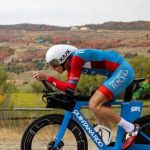 Best Aero Helmets for Time Trials and Racing
Best Aero Helmets for Time Trials and Racing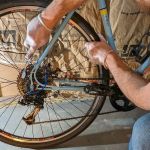 How to Clean and Lubricate Your Bike Chain Like a Pro
How to Clean and Lubricate Your Bike Chain Like a Pro 10 Must-Have Items for Long-Distance Cycling Trips
10 Must-Have Items for Long-Distance Cycling Trips